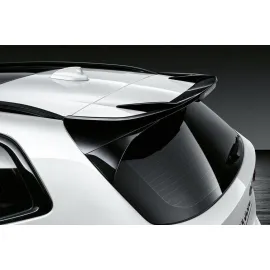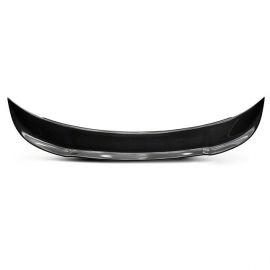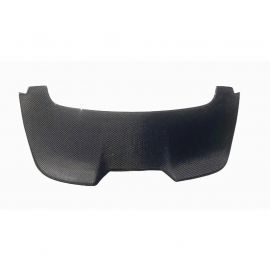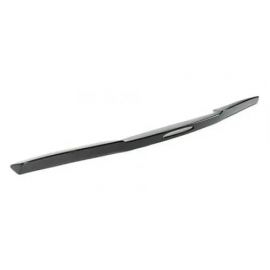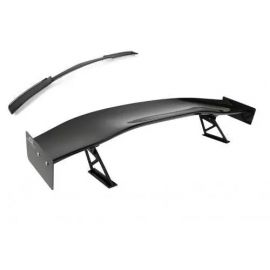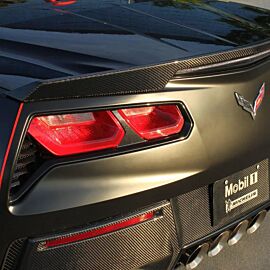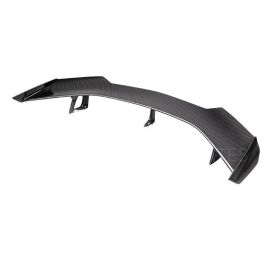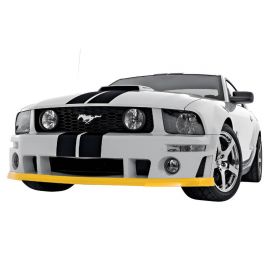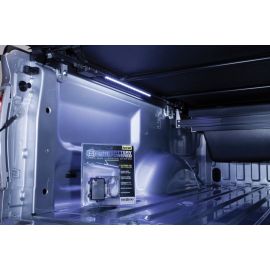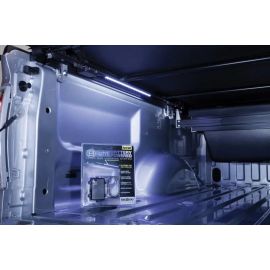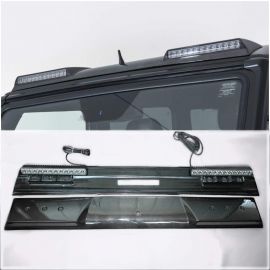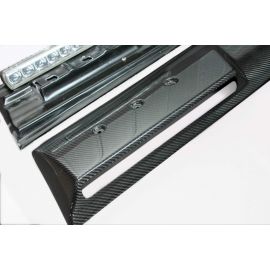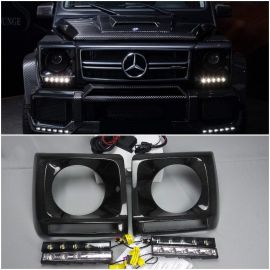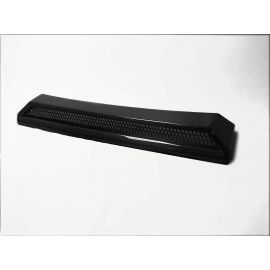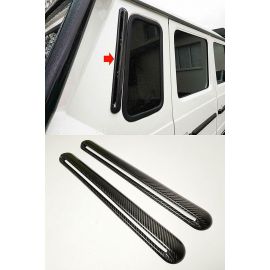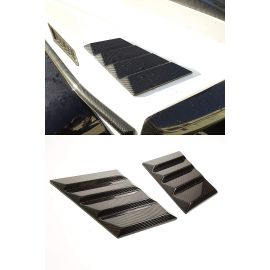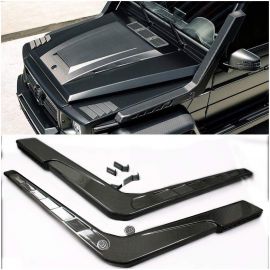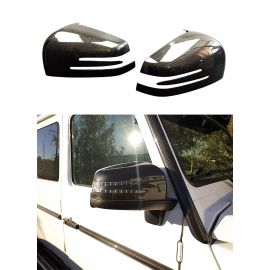Light Strip LED: Transform Your Space with Versatile and Energy-Efficient Lighting
Introduction
LED light strips have become a popular choice for both residential and commercial spaces due to their versatility, energy efficiency, and ease of installation. Whether you’re looking to create ambient lighting, accentuate architectural features, or add a modern touch to your décor, LED light strips offer endless possibilities. This guide will explore the benefits of LED light strips, different applications, and tips for choosing the right type for your needs.
Why Choose LED Light Strips?
LED light strips are favored for several reasons:
-
Energy Efficiency: LED technology consumes significantly less power compared to traditional lighting, making it an eco-friendly option that also reduces electricity bills.
-
Long Lifespan: LED light strips have a much longer lifespan than conventional bulbs, often lasting up to 50,000 hours or more, reducing the need for frequent replacements.
-
Flexibility and Versatility: LED light strips can be easily cut to fit specific lengths and can be bent or curved to match any design requirement, making them ideal for creative and customized lighting solutions.
-
Wide Range of Colors and Effects: LED light strips are available in a variety of colors and can even be programmed to change colors or create dynamic lighting effects, adding a vibrant and modern touch to any space.
-
Easy Installation: Most LED light strips come with adhesive backing, allowing for quick and easy installation on virtually any surface without the need for professional help.
Applications of LED Light Strips
LED light strips are incredibly versatile and can be used in various settings, including:
-
Home Décor:
- Under-Cabinet Lighting: Illuminate kitchen countertops with LED strips placed under cabinets, providing both functional and aesthetic lighting.
- Accent Lighting: Highlight architectural features, such as coves, tray ceilings, or wall art, with subtle LED strip lighting.
- Backlighting for TVs and Monitors: Reduce eye strain and create a cinematic ambiance by installing LED strips behind your TV or computer monitor.
- Bedroom Lighting: Use LED strips to create a cozy atmosphere by placing them under the bed, around mirrors, or along the headboard.
-
Commercial Spaces:
- Retail Displays: Enhance product displays and draw attention to merchandise with strategically placed LED light strips.
- Restaurants and Bars: Create mood lighting that enhances the dining experience with color-changing LED strips.
- Offices: Improve the aesthetic and functionality of workspaces by using LED strips for task lighting or to highlight design elements.
-
Outdoor Lighting:
- Decks and Patios: Extend the usability of outdoor spaces by installing weather-resistant LED strips along railings, steps, or pathways.
- Gardens: Accentuate landscaping features, such as trees, flower beds, or water features, with outdoor-rated LED strips.
-
Automotive:
- Interior Car Lighting: Add a personal touch to your vehicle’s interior with LED strips placed under seats, along footwells, or around the dashboard.
- Exterior Lighting: Enhance your vehicle’s exterior with LED strips on the grille, underbody, or around the headlights.
Choosing the Right LED Light Strip
When selecting LED light strips, consider the following factors:
-
Brightness: Measure in lumens per meter (lm/m), brightness varies depending on the number of LEDs per meter and the type of LED used. Choose the brightness level that best suits your application.
-
Color Temperature: LED strips are available in various color temperatures, ranging from warm white (2700K) to cool white (6500K). The choice depends on the mood or effect you wish to create.
-
Color Options: Single-color LED strips are ideal for simple applications, while RGB or RGBW strips offer a broader range of colors and effects.
-
IP Rating: For outdoor or wet area installations, choose LED strips with an appropriate IP rating to ensure they are waterproof and weather-resistant.
-
Power Supply: Ensure you have the correct power supply to match the voltage and wattage requirements of your LED light strips. Overloading can cause damage or reduce the lifespan of the lights.
-
Control Options: Many LED light strips come with remote controls, smartphone apps, or compatibility with smart home systems for easy adjustment of color, brightness, and effects.
Installation Tips
-
Measure and Plan: Before installation, measure the area where the LED strips will be placed and plan the layout to avoid mistakes.
-
Surface Preparation: Clean the surface where the LED strip will be installed to ensure the adhesive sticks properly.
-
Use Connectors: If cutting the LED strip to fit, use connectors to rejoin the segments for continuous lighting.
-
Consider Diffusers: To achieve a more uniform light output and reduce the visibility of individual LEDs, consider using diffusers or placing the strips in channels.
Conclusion
LED light strips are an innovative and stylish way to enhance any space with customizable and energy-efficient lighting. Whether for home, commercial, outdoor, or automotive use, the versatility of LED light strips allows for endless creative possibilities. By choosing the right type and following proper installation practices, you can transform your environment with stunning lighting effects that suit you




